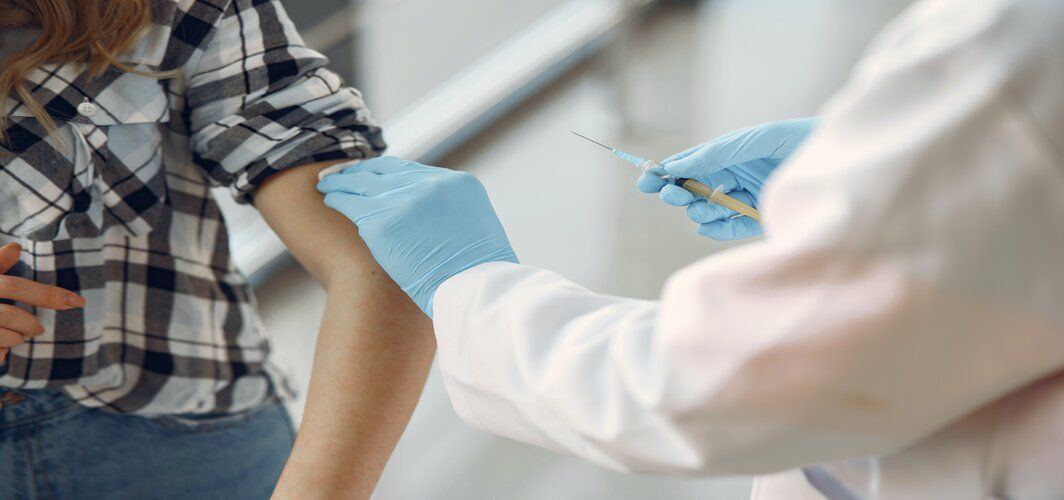COVID-19 Vaccines
What Disruptive Technologies Are Being Used for COVID-19 Vaccines?
5 min read
By Apollo 24/7, Published on - 20 October 2020, Updated on - 18 October 2022
Share this article
0
3 likes

COVID-19 Vaccines
Leave Comment
Recommended for you

COVID-19 Vaccines
Is a Covid-19 Vaccine Likely to Be out Soon?
An effective Coronavirus vaccine is the need of the hour to protect the global populations and restart their economies.

COVID-19 Vaccines
How Will Adverse Events after COVID-19 Immunization Be Handled?
To address the problems posed by Adverse Event Following Immunization (AEFI), India’s Ministry of Health and Family Welfare recently released the Operational Guidelines for COVID-19 vaccines.

COVID-19 Vaccines
Will the Approved Vaccines be Effective Against the Mutated Coronavirus Variants?
Although testing the new variant strains will take some time, most scientists believe that the approved vaccines will most likely be effective against the new strains.
Subscribe
Sign up for our free Health Library Daily Newsletter
Get doctor-approved health tips, news, and more.
Visual Stories

Getting vaccinated? Know the DOs and DON'Ts
Tap to continue exploring
Recommended for you

COVID-19 Vaccines
Is a Covid-19 Vaccine Likely to Be out Soon?
An effective Coronavirus vaccine is the need of the hour to protect the global populations and restart their economies.

COVID-19 Vaccines
How Will Adverse Events after COVID-19 Immunization Be Handled?
To address the problems posed by Adverse Event Following Immunization (AEFI), India’s Ministry of Health and Family Welfare recently released the Operational Guidelines for COVID-19 vaccines.

COVID-19 Vaccines
Will the Approved Vaccines be Effective Against the Mutated Coronavirus Variants?
Although testing the new variant strains will take some time, most scientists believe that the approved vaccines will most likely be effective against the new strains.